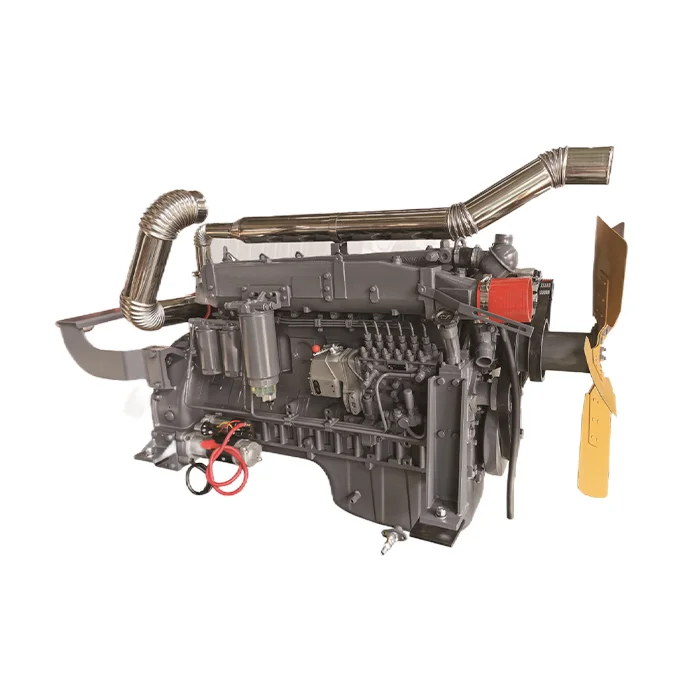- This topic is empty.
-
AuthorPosts
-
12/07/2024 at 10:10 #84608
Industrial diesel engines are the powerhouses that drive a multitude of applications across various industries, from construction to marine and power generation. These engines are designed to deliver high performance, reliability, and efficiency. One of the critical aspects of diesel engine design is the layout configuration, which can significantly influence the engine's characteristics and suitability for specific applications. Here, we delve into the various layout forms of industrial diesel engines and their applications.
Inline Diesel Engine Layout

The inline diesel engine, also known as an in line engine, features a straight alignment of cylinders. This classic configuration is prevalent in smaller to medium sized industrial engines due to its simplicity and ease of maintenance. The linear arrangement allows for a compact design with a smooth operation, making it an ideal choice for applications where space is at a premium and a straightforward layout is beneficial.
V Type Diesel Engine Layout

For applications demanding higher power and torque outputs, the The V type layout offers a compelling solution. In this configuration, the cylinders are arranged in two rows, set at a V shape angle, typically 60 to 90 degrees apart. This design not only provides increased power density but also enhances the engine's compactness, making it suitable for installations where space is limited but high power output is required.
W Type Diesel Engine Layout
Building upon the V type layout, the W type configuration takes the V shape to the next level by increasing the number of cylinders on each side. This results in an engine with an even higher power output, suitable for heavy duty applications that require substantial torque and horsepower. The W type layout is often found in large industrial and marine applications.
Opposed Cylinder (Opposed) Layout
The opposed cylinder layout positions two sets of cylinders in a 180 degree opposing arrangement. This design is known for its excellent balance and reduced vibrations, contributing to the engine's smooth operation and longevity. The opposed layout is particularly advantageous in applications where engine stability and low noise levels are critical.
Vertical (Upright) Diesel Engine Layout
In the vertical or upright configuration, the engine's crankshaft is oriented vertically. This layout is advantageous for certain industrial applications, such as in marine vessels or specific types of generator sets, where a vertical orientation is more practical or space efficient.
Horizontal Diesel Engine Layout
The horizontal layout is the most common among industrial diesel engines. With the crankshaft positioned horizontally, this configuration offers a wide range of benefits, including ease of access for maintenance, efficient cooling, and a broad compatibility with various applications. The horizontal layout is a versatile choice for many industries due to its adaptability and straightforward design.
WUXI POWER ENGINEERING CO.,LTD (Wandi) is an industrial diesel engine manufacturer for performance and reliability. With a diverse range of engine layouts, including inline and V type diesel engines, etc.
Each of these layout forms comes with its own set of advantages and considerations. The choice of layout is influenced by the specific application requirements, desired power and torque output, spatial constraints, and maintenance accessibility. As industrial diesel engines continue to evolve, we are constantly refining these configurations to meet the ever changing demands of the market, ensuring that these engines remain at the forefront of industrial power solutions.
-
AuthorPosts
- You must be logged in to reply to this topic.